International synchrotron (driven by 13 member states and 9 associate states)
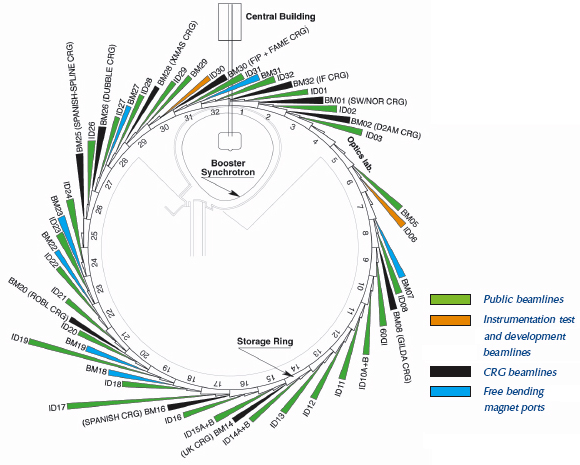
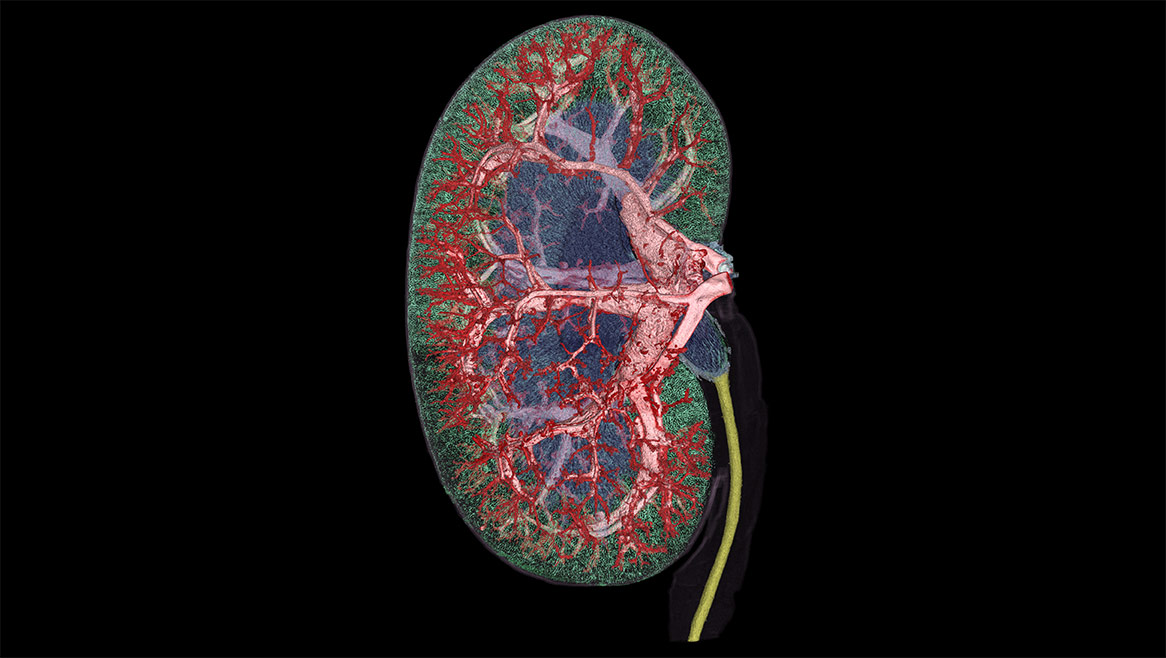
Provides X-rays for many scientific applications
- Cultural heritage
- Biology
- Nanotechnologies
- ...
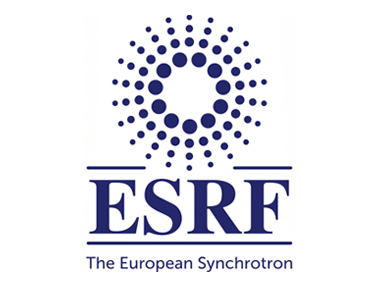
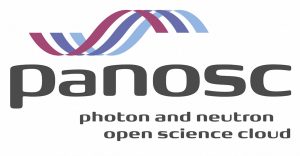
Loïc Huder
European Synchrotron Radiation Facility, Grenoble, France

 This project has received funding from the European Union’s
Horizon 2020 research and innovation programme under grant
agreement No. 823852
This project has received funding from the European Union’s
Horizon 2020 research and innovation programme under grant
agreement No. 823852
International synchrotron (driven by 13 member states and 9 associate states)


Provides X-rays for many scientific applications
The HDF5 files follow NeXus specifications, a standard for HDF5 file structure at neutron/X-ray facilities.
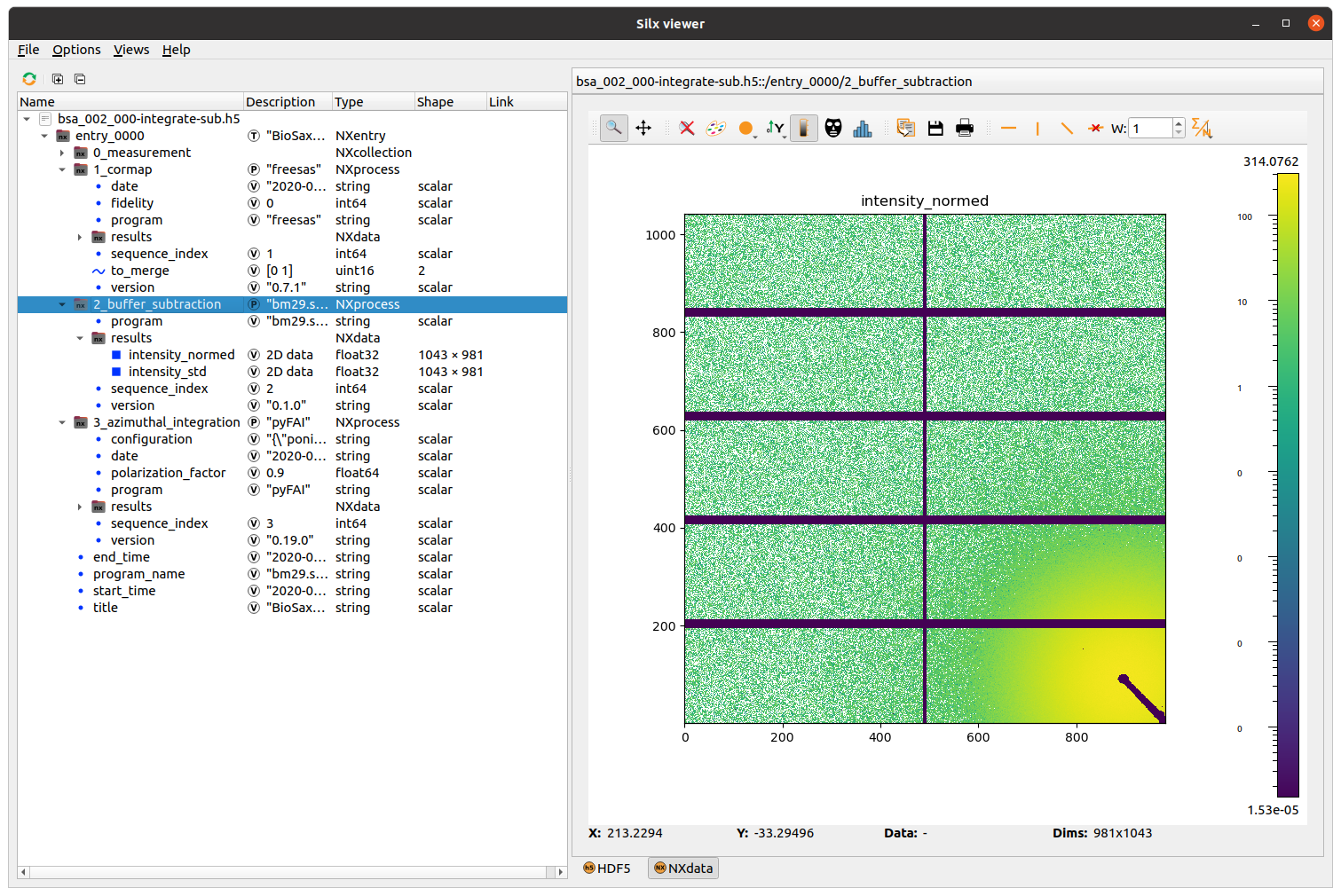
 Example of NeXus hierarchy
Example of NeXus hierarchy
(while practical for many other reasons...)
→ Need for a software (GUI) to easily visualise and browse HDF5 file contents
A web application written in React, a component-based front-end framework
Development started in February 2020 in the PaNOSC project

Open-source: https://github.com/silx-kit/h5web
Requests HDF5 metadata/data to a server-side provider (such as HSDS)
Using the WebGL-based visualisation components outside the app:
NeXus support: default plots, axis labels
Some links:

This project is funded by PaNOSC
 This project has received funding from the European Union’s
Horizon 2020 research and innovation programme under grant
agreement No. 823852
This project has received funding from the European Union’s
Horizon 2020 research and innovation programme under grant
agreement No. 823852